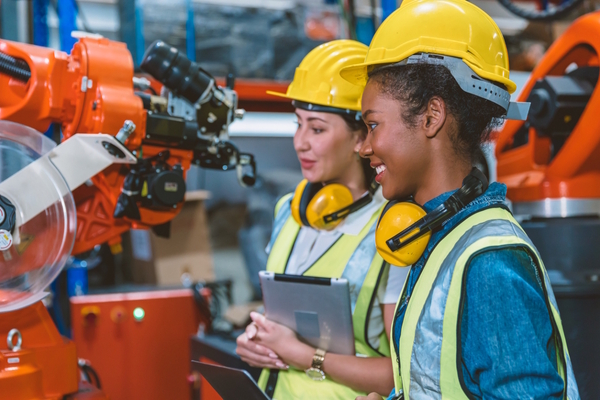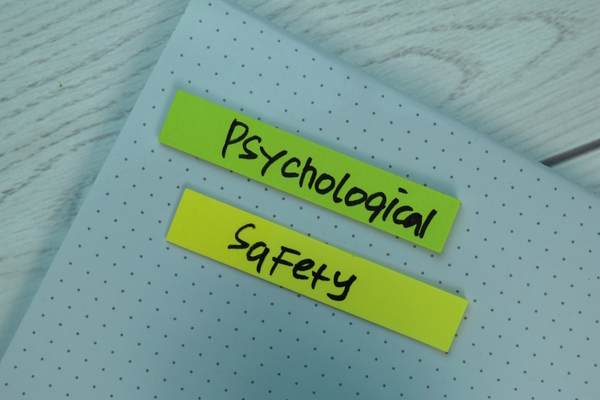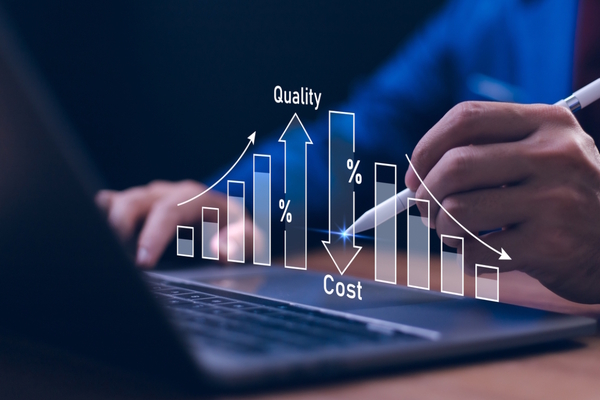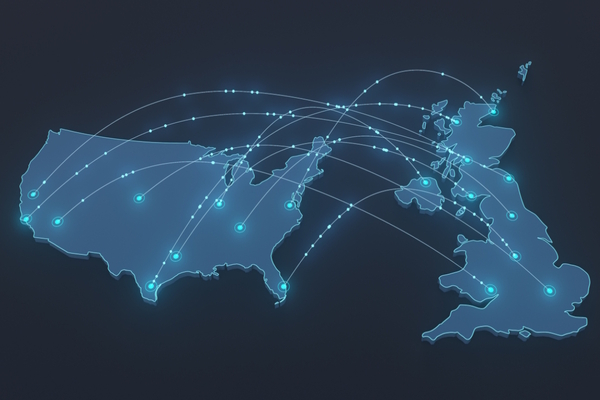Personalising employee experiences

Jennifer Robinson at brand consultancy The Team argues that highly personalised employee experiences are the future of talent retention, and explains how to achieve them
Today’s youngest workers expect personalisation as the norm. The seamless customisation they experience daily, from curated TikTok feeds to Spotify recommendations and tailored online shopping, is bleeding into their expectations of the workplace. Yet, this isn’t an exclusively Gen Z phenomenon - a 2021 McKinsey study found that 76% of people feel frustrated when an experience isn’t tailored to them.
Yet all too often, employees are met with communications that feel as impersonal as 1970s customer service. It’s a missed opportunity. Employees who feel able to craft their own narratives within the larger organisational story have a greater sense of accountability, purpose and belonging. It anchors them in their roles and creates a workforce that is both motivated and invested.
In a world where work is increasingly transactional, this positive employee mindset can make the difference between corporate success and failure.
However, personalising the employee experience is no simple task. Employees have multiple overlapping identities tied not only to who they are but also to their roles, locations, and levels of responsibility. Personalisation here is a complex and nuanced task.
But it can be done. Here’s how.
Connection to the whole
Employees need to feel personally connected to the bigger picture. A straightforward corporate narrative that defines why the organisation exists and how employees contribute to its success is critical. Crucially, employees need to trust leaders and believe in the company’s direction. Transparency and consistency in messaging are key to building this trust.
For example, when RBS launched a new bank-wide rallying call – ‘Determined to make a difference‘– as part of its bold ambition to become number one for customer service, trust and advocacy, it asked us to create an employee engagement campaign that would unite employees behind this new initiative. RBS employees needed to understand their role in the changes taking place at the bank.
There is a simple human truth that people are endlessly fascinated by learning more about themselves, their strengths and their personalities. So, we created 12 different profiles – or tribes of people – that gave RBS colleagues their ‘face of determination’. People could then share their ‘face’ with others in the bank to see who was like them and discuss whether they were a pioneer, a problem solver, or one of the other tribes.
Forty thousand employees completed the profiler, and this personalised employee engagement campaign resulted in a 13.9% increase in the bank prioritising the customer’s interests, as well as a 25.4% increase in the bank driving positive change, and a 3.74% increase in the bank supporting the local community.
A clear view
Traditional employee surveys provide limited insights. Employers must go further to uncover their workforce’s motivations and challenges. By identifying employee “tribes” with shared needs and priorities, businesses can take targeted actions to create meaningful experiences.
This might be developing detailed employee profiles or personas to stress-test initiatives. Use focus groups, drop-in sessions, and consultation labs to keep the employee voice at the centre of employee experience design. This meticulous approach takes time, but the long-term benefits far outweigh the effort.
Southwest Airlines wanted to shift away from transactional customer service, which is ‘done to’ customers, to a focus on how customers feel – a move to hospitality. With an audience of 57,000 people in 99 locations, we needed to find a simple human truth which would appeal to a hugely diverse audience.
To find it, we needed to experience Southwest firsthand. So we spent three days at Southwest HQ and Dallas Love Field Airport. We spent time with senior leadership to understand how communication ‘gets done’ at Southwest Airlines. We also interviewed 20 individuals from across the airline who had been identified by Southwest Airlines as being great at hospitality.
It gave us the insight for our strategy - “nothing is more fascinating than ourselves” – and drove the development of an online psychometric profiler which allowed individuals to identify their own kind of hospitality – how they like to show hospitality and how they like to receive it.
Sixteen hundred employees engaged during the soft launch, and 31.5% of “cohearts” (staff) were engaged one month after launch. As Steve Goldberg, SVP Operations & Hospitality at Southwest Airlines said: “In 2018, Southwest Airlines saw a 20% reduction in customer complaints as reported by the US Department of Transportation. We believe Hospitality Heroes undoubtedly played a key role in this success by identifying the hospitality personality types.”
Make it real
Abstract organisational goals only resonate if they manifest in employees’ day-to-day lives. Messaging and initiatives must feel tangible and directly relevant to their roles. Regular touchpoints throughout the employee lifecycle, and campaigns that actively engage their values, can provide this grounding.
Vodafone did this brilliantly with its role-specific welcome packs for new employees. Packs included tailored training schedules, mentorship opportunities aligned with personal interests, and access to chatbots for instant answers to frequently asked questions. This personalised onboarding reduced early attrition significantly, creating a smoother transition for employees during their critical first months.
Generative AI can be a game-changer here. Analysing data from internal social platforms or real-time feedback systems can help create dynamic employee personas. These insights enable targeted communications and initiatives at scale.
Tread carefully – but act!
While the benefits of personalisation are clear, there are potential risks. Misinterpreting or categorising employees incorrectly can lead to initiatives that feel tone-deaf, creating frustration instead of connection. Similarly, over-curating content runs the risk of limiting employees’ broader understanding of the company, leaving them in silos.
Above all else, companies must keep clear objectives and metrics in mind, focusing on solving specific challenges rather than blindly implementing personalisation for its own sake.
However, this need for care should not reduce the impetus to act. As the RBS and Southwest examples show, personalising employee communications drives business results. Indeed, by recognising employees as individuals, businesses can unlock significant value—not just for the workforce, but for shareholders and customers too.
Personalisation is no longer a “nice-to-have” in the modern workplace; it’s essential.
Jennifer Robinson is Employee Engagement Consultant at brand consultancy The Team
Main image courtesy of iStockPhoto.com and FreshSplash

Business Reporter Team
Most Viewed
Winston House, 3rd Floor, Units 306-309, 2-4 Dollis Park, London, N3 1HF
23-29 Hendon Lane, London, N3 1RT
020 8349 4363
© 2025, Lyonsdown Limited. Business Reporter® is a registered trademark of Lyonsdown Ltd. VAT registration number: 830519543





